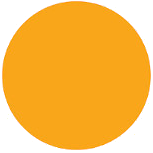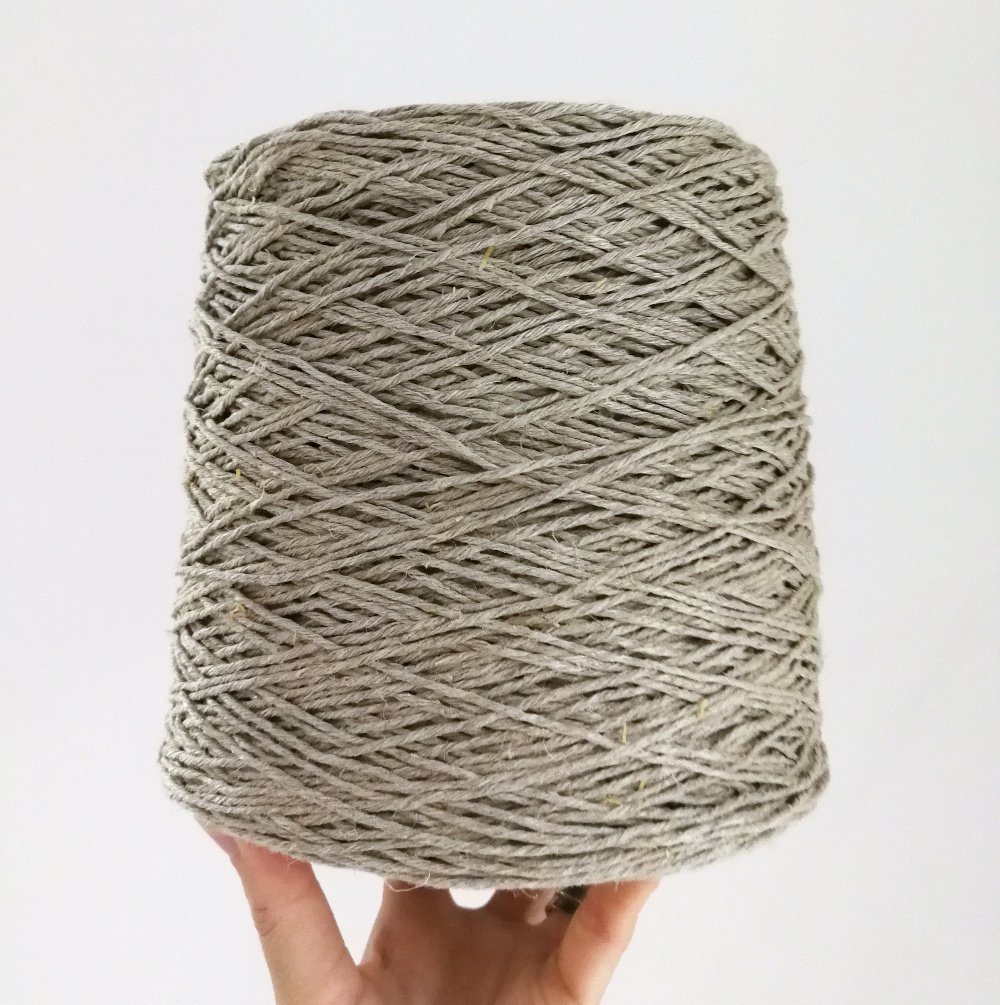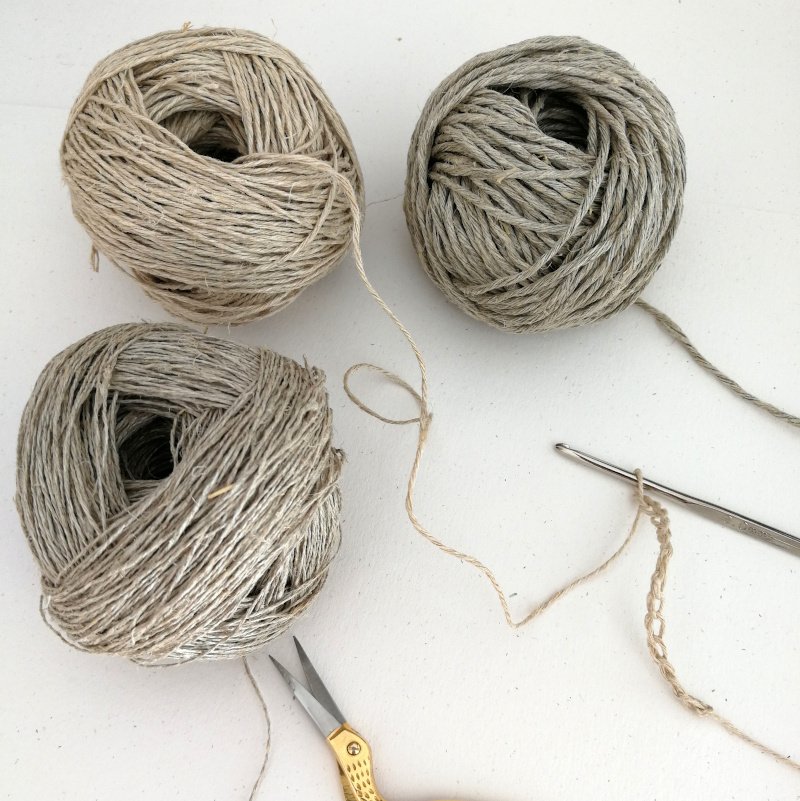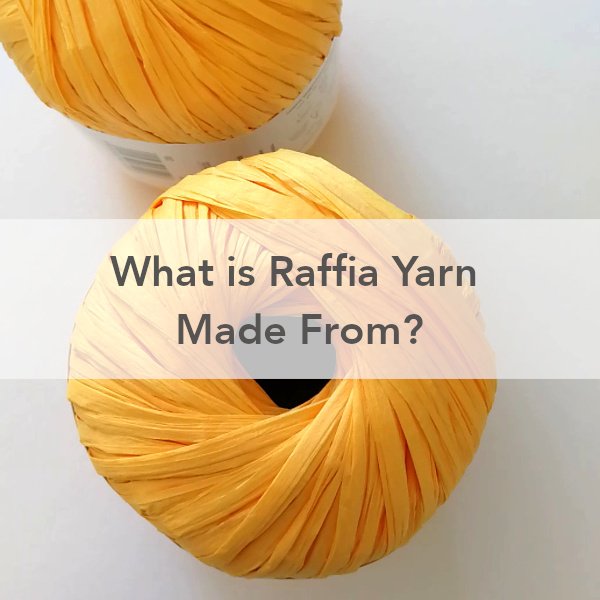Hemp Yarn - What to Use it for and its Benefits
Hemp yarn deserves its own blog post in my opinion. It’s my first love before linen because it solved a zero waste problem I was having in the early stages of byGoldenberry and because it’s one of the most sustainable yarns that exist.
I initially wanted to make myself a zero waste washing up sponge and hemp seemed like the perfect fibre. It ticked all the boxes for me and since then I haven’t stopped using it.
Where Does Hemp Fibre Come From?
Which Plant Does it Come From?
Hemp comes from the plant Cannabis sativa. Is it the same as cannabis? No. Cannabis and hemp are two different varieties of the Cannabis sativa plant. Hemp has less than 0.3% of THC (tetrahydrocannabinol) than cannabis, which makes all the difference. This is what causes the high in cannabis.
Where Does it Grow?
Hemp can be grown in various places around the world because of its tolerance to different types of weather and soil but mostly it is grown in Eastern Europe and China.
How is it Made?
Hemp yarn is made from the inner fibres of the stalks of the Cannabis sativa plant. The whole plant is usually mechanically harvested, washed in water and left out in the open to dry or ret as it’s called. The inner fibres are then separated from the stalks and, with the use of water, spun into beautiful yarns in different weights.
Some companies use detergents and harmful substances in their production processes so just be sure to check with your supplier how their yarn is processed. The yarn I stock is processed using only nature (water, wind and the sun).
What is Hemp Yarn Good For?
Hemp is so versatile, it can be used for so many things. It is both strong and sturdy which is great for making things like bags, purses, bowls and baskets. For this you would want a DK weight yarn.
It can also be soft with wonderful drape for making dresses, tops, wraps, any type of clothing. For this you would need lace weight yarn. You can read more about how I used lace weight hemp yarn to make my own beach dress. I absolutely love it wearing it!
The fact that it is the best fibre for the environment and the most sustainable means it is perfect for making zero waste items like dish scrubbies, soap savers, dishcloths etc. The best weight for this is sport weight.
You can read more about the different weights that I stock and what they are good for in my other blog post here, all about hemp yarn for crochet.
The Benefits of Hemp Yarn
So why is hemp yarn so good and what benefits does it have towards the environment?
It’s 100% natural
Hemp is a plant and yarn is produced from the stalks of the plant so there is literally nothing else in it but hemp. So by using hemp, there is no worry about micro plastics running down the drain and getting into the water system or getting into the air we breathe through our clothing.
It’s naturally organic
There are no insects that want to set up home on hemp plants and so there’s no need to spray it with pesticides for it to keep growing healthily.
It is less water intensive
Hemp doesn’t need as much water to grow as other plants like cotton. It can grow in a range of environments and temperatures so we don’t need as much water to keep it happy.
It gives back to the environment
Not only does hemp not encourage any damage to the environment but it also helps to protect it. Whilst it grows, it absorbs 4 x more carbon dioxide than trees during its 12-14 week lifecycle. Plus its cultivation regenerates the soil by putting nutrients back in.
Hemp is naturally antibacterial
One of the main reasons I chose hemp yarn was because I wanted to replace my washing up sponge. The fact that it is naturally antibacterial means that the sponges don’t end up smelly or mouldy even without intermittently washing them. I always recommend washing your sponges but in all honesty they don’t really need it. See my made to order hemp dish scrubbies here.
Washable
As mentioned above, hemp yarn can go into your washing machine to give your items a refresh. I suggest max 30. It may shrink ever so slightly as it is completely natural so just be aware of that. When making clothing, just be sure to block your item after you’ve finished making it.
Home compostable
Finally, hemp yarn is fully home compostable. So when you have used your washing up sponge, or whatever else you have made with it, to its last breath, you can simply cut them up and put them into your home compost. This makes me so happy, that there is no waste afterwards and it goes back into the soil, once again giving back to the earth.






